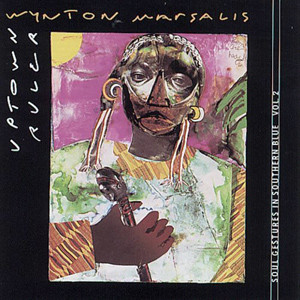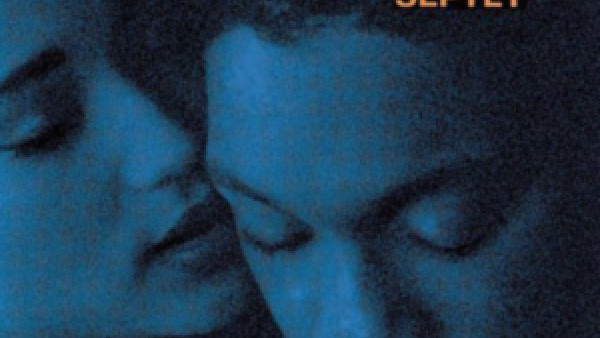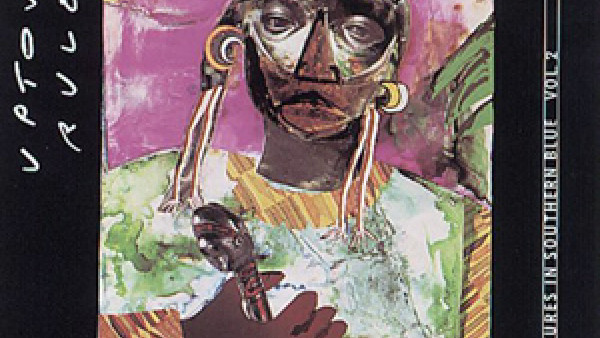Pearl Bailey’s Pop and the Blues of Wynton Marsalis
Seriousness and shtick shared the stage of Avery Fisher Hall on Wednesday night in one of those peculiar jazz festival double bills: the trumpeter Wynton Marsalis opening for the singer Pearl Bailey. For her adoring audience, the 72-year-old Miss Bailey did a slightly elevated lounge act, with pop songs, standards and selections from ‘‘Hello, Dolly!’‘ amid jokes about Social Security and senior citizens’ discounts. The 28-year-old Mr. Marsalis, meanwhile, led a septet in extended suites that mixed advanced dissonance and down-home blues.
Miss Bailey still has a good part of the contralto voice that made her a star in the 1940’s. For the most part, she used it glancingly, tossing off lines between stretches of glad-handing audience members or hitching up her gown and strutting across the stage; her voice can go deep, but she always wields it lightly, swinging a song like ‘‘Bill Bailey’‘ or rising to a melting last phrase in ‘‘Once in a While.’‘ Her quartet, including two longtime Ella Fitzgerald sidemen (Paul Smith on piano and Keter Betts on bass), provided graceful support, except for Louis Bellson’s ostentatious drumming; even with brushes, he managed to be obtrusive.
Miss Bailey’s pitch wasn’t always secure when she was involved in stage business, but for a few songs she focused on music rather than personality. And her encore, ‘‘The Battle Hymn of the Republic,’‘ was a perfect blend of devoutness and blues; Mr. Marsalis, who joined her, was no more serious than she was.
The Wynton Marsalis Jazz Band played just two selections in a hour of music. ‘‘The Uptown Ruler Suite,’‘ as Mr. Marsalis explained, included one theme derived from a late Beethoven string quartet and another with a 12-tone row in the bass line; the second, ‘‘Blue Interlude,’‘ revolved around two motifs, nominally male and female. What he didn’t say was that each piece kept circling back to the blues after moving into more abstract realms.
‘‘The Uptown Ruler Suite’‘ was a succession of pieces (including one by the band’s tenor saxophonist, Todd Williams), usually with theme-solos-theme structures. The themes were from the advanced hard-bop school of the late 1960’s, akin to the music of Herbie Hancock and Wayne Shorter; they pitted saxophones (Mr. Williams on tenor or soprano, Wessell Anderson on alto) against brass (Mr. Marsalis and Wycliffe Gordon on trombone) or set the horns hopping above swinging rhythms (from Eric Reid on piano, Reginald Veal on bass and Herlin Riley on drums); solos often returned to the blues, whether sultry or swaggering.
‘‘Blue Interlude’‘ was more intricate – a virtual montage of themes and solos, full of tempo and style changes, with solos that demanded concision. In both pieces, for all their complexity, the septet was utterly secure, turning Mr. Marsalis’s daring structural experiments into music full of insight, humor and thoughtful invention.
By Jon Pareles
Source: New York Times



